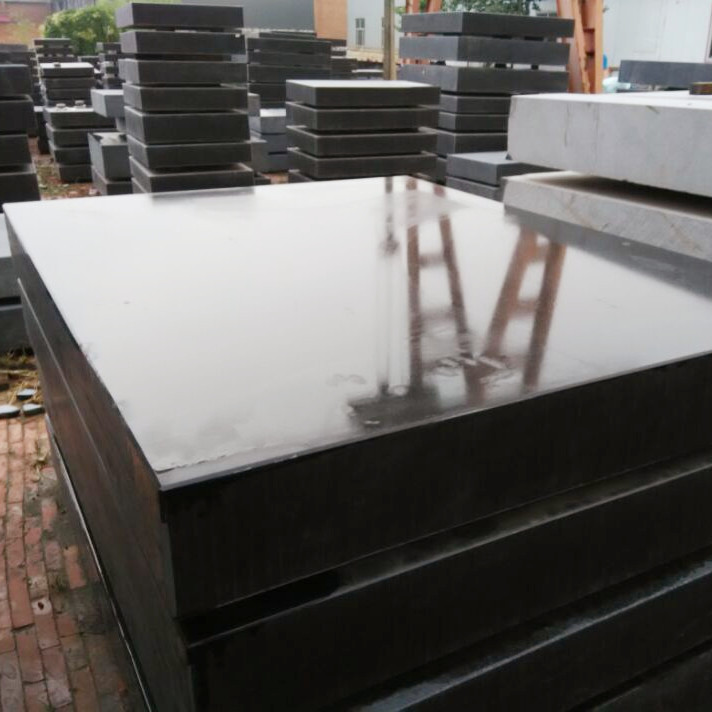Gru . 03, 2024 14:35 Back to list
Choosing the Right Butterfly Valve Fitting for Your Plumbing Needs
The Butterfly Valve Fitting A Comprehensive Overview
Butterfly valves are a critical component in various fluid dynamics systems, allowing for efficient flow control in pipelines. Their design and functionality provide several advantages, making them a popular choice in various industries, such as water treatment, oil and gas, and chemical manufacturing. This article will delve into the characteristics, advantages, installation considerations, and applications of butterfly valve fittings.
Understanding Butterfly Valves
A butterfly valve consists of a disk-shaped element (the butterfly) that rotates around a central axis to enable or restrict fluid flow. The valve is housed within a pipe and works by rotating the disk to open or close the flow path. This design provides a compact solution for flow control compared to traditional gate valves or globe valves. Butterfly valves can be operated manually or automatically, with options for pneumatic, hydraulic, or electronic actuators.
Key Features of Butterfly Valve Fittings
1. Construction and Materials Butterfly valves are constructed using various materials, including stainless steel, cast iron, and plastic, depending on the application and requirements of the environment. The choice of material affects the valve's durability, corrosion resistance, and suitability for specific fluids.
2. Size and Flexibility Butterfly valves come in a range of sizes, typically from 2 inches to 48 inches in diameter. This flexibility allows them to be used in a variety of pipeline configurations and flow rates, making them adaptable to different systems.
3. Design Variations There are different types of butterfly valves, including - Lug-style Butterfly Valves Suitable for dead-end service and can be installed between flanges. - Wafer-style Butterfly Valves Positioned between two flanges, these valves are secure with bolts and are ideal for a variety of applications. - Triple-offset Butterfly Valves Designed to minimize friction and wear on the valve seat, these are often used in high-pressure and high-temperature applications.
Advantages of Butterfly Valve Fittings
1. Efficient Flow Control Butterfly valves offer quick and efficient flow regulation, which can be crucial in systems where speed is of the essence.
2. Space-Saving Design Due to their compact structure, butterfly valves require less space than other valve types. This makes them advantageous in tight installations and helps reduce overall system costs.
3. Low Pressure Drop The streamlined design of the butterfly allows for less resistance to flow, thus minimizing pressure drop across the valve compared to other valve types.
Installation Considerations
butterfly valve fitting

When installing butterfly valves, several factors should be taken into account
1. Orientation Butterfly valves can be installed in various orientations, but it’s essential to follow the manufacturer's recommendations for optimal performance.
2. Pipeline Compatibility Ensure that the valve size and type match the existing pipeline specifications, including the diameter and pressure rating.
3. Actuation Method Consider the actuation method that best suits the system's operational needs, whether manual or automated.
4. Maintenance Regular maintenance is crucial to ensure the longevity and efficiency of butterfly valves. Check for leaks, wear, and proper functioning of actuators to preempt potential issues.
Applications of Butterfly Valves
Butterfly valves are widely used in numerous applications due to their diverse functionalities
1. Water Treatment Plants These valves control the flow of water through treatment processes and distribution systems, ensuring efficiency and reliability.
2. Chemical Processing In industries dealing with aggressive chemicals, butterfly valves are ideal due to their ability to handle a range of fluids and maintain a tight seal.
3. HVAC Systems They are commonly used in heating, ventilation, and air conditioning systems to regulate airflow effectively.
4. Food and Beverage Industry Hygienic designs of butterfly valves make them suitable for food processing applications, ensuring safety and compliance with industry standards.
Conclusion
Butterfly valve fittings are integral to fluid management across various industries, offering efficient and versatile solutions for flow control. Their design, advantages, and adaptability make them a preferred choice among engineers and industry professionals. Understanding the characteristics and applications of butterfly valves is essential for ensuring optimal performance in any system they are employed in. Whether in water treatment, chemical processing, or HVAC systems, butterfly valves exemplify a reliable and cost-effective solution for modern fluid dynamics.
-
thread-plug-gauge-our-promise-of-measurement-excellenceNewsAug.22,2025
-
gauge-pin-class-reflecting-quality-legacyNewsAug.22,2025
-
check-valve-types-for-high-rise-buildingsNewsAug.22,2025
-
water-control-valve-for-irrigation-systemsNewsAug.22,2025
-
gate-valve-with-soft-seal-technologyNewsAug.22,2025
-
y-type-strainer-for-oil-and-gas-applicationsNewsAug.22,2025
Related PRODUCTS









